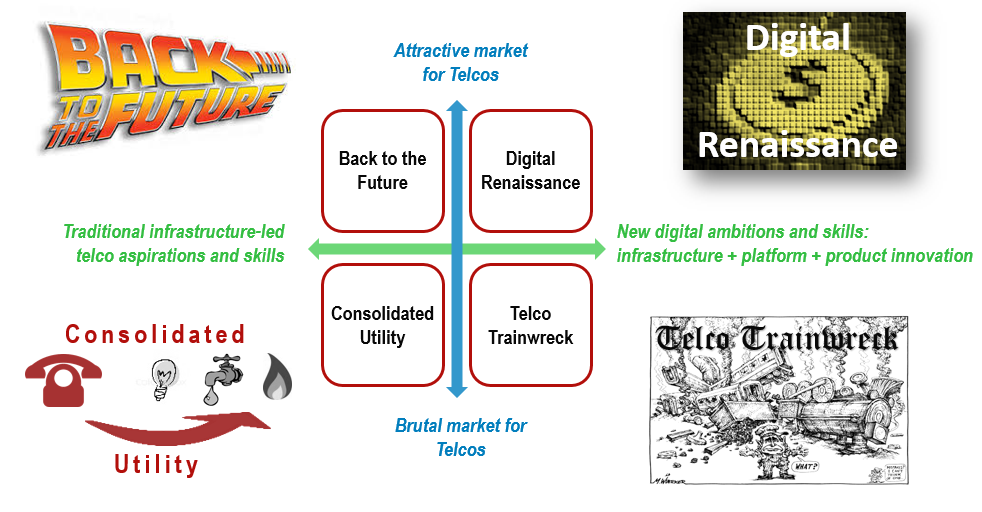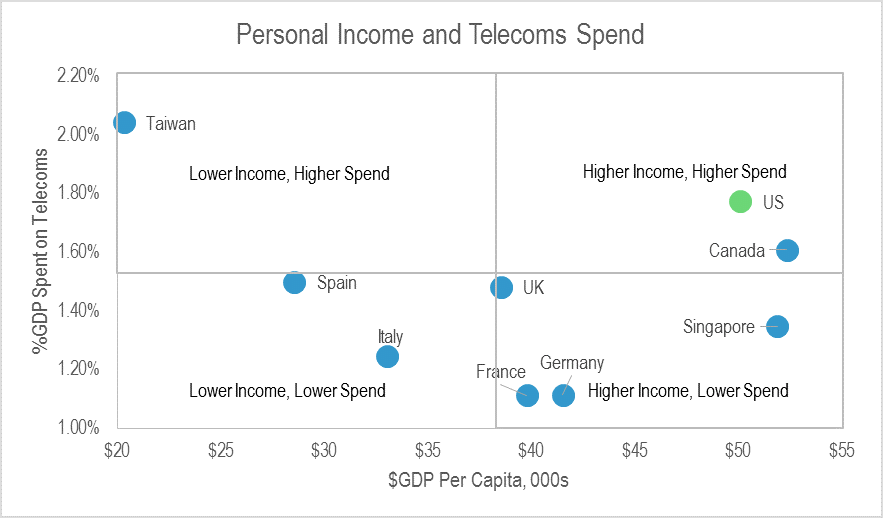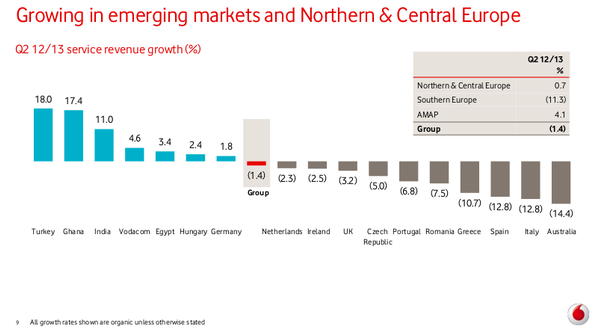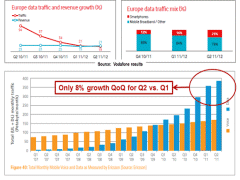
5G: Bridging hype, reality and future promises
What should telcos do to bridge the gaps between current hype, actual performance, and future promises on 5G? We argue that a data-driven and forensic approach to roll-out and marketing will be the key, particularly in the uncertain economic environment driven by the COVID-19 pandemic, and review the timelines for future applications.







